Updated 19/01/2021
Ah, language analysis. It’s that time of year again, which sees us trade our novels and films for newspapers and blog articles, and our knowledge of characters and themes for the never-ending list of persuasive language devices which we will soon begin to scour our texts in search of.
Once again we must put ourselves in the mind of an author, only this time it’s a little different. No longer are we searching for hidden meanings within the text, instead we search for techniques and appeals to emotions which our daring author uses to persuade us to stand in solidarity with their view. My, how times change. Just when we think we’re getting the hang of something, VCE English throws us a curveball. Typical VCAA.
There's a lot that goes into a strong Analysing Argument response and it can be difficult to know where to start, so here's a specific breakdown of an A+ essay to help you elevate the quality of your own writing! Just before we get started, if you'd like to find out more about Language Analysis, head here for a comprehensive overview of this area of study.
Alright, let's get into it!
The following post refers to two articles, ‘Australia’s offshore detention regime is a brutal and obscene piece of self-delusion,’ by Ben Doherty and Helen Davidson, and ‘Stand in solidarity with people seeking asylum this holiday season,’ by Kon Karapanagiotidis.
Step 1: Planning Your Essay
Now, before you get too deep into this step - and I know how eager you must be to dive into that juicy analysis – you first need to decide on a structure. In this particular case of Language Analysis, we are comparing two articles, meaning we have a couple of different structures to choose from. That is, we now need to decide whether we will be separating the analysis of each article into its own individual paragraph, or rather, integrating the analysis and drawing on similar ideas from each of the texts to compare them within one paragraph. Tough decisions, eh?
While most examiners prefer integrated paragraphs, as it shows a higher level of understanding of the texts, sometimes the articles make implementing this structure a little difficult. For example, maybe one article focuses more on emotional appeals, while the other uses factual evidence such as statistics to persuade the reader. What do we do then? If none of the arguments are similar, but we still want to use that amazing integration technique, what can we do?
Well first of all, remember that we are comparing two articles. Comparisons don’t always have to be about similar things, in fact, the true spirit of comparison should take into account the articles’ differences too. So what does this mean for us? We can still integrate our paragraphs, however, we will be focusing on how two contrasting techniques seek to achieve the same result of persuading the audience.
Next, now that we’ve got structure out of the way, we can work on the actual analysis part of planning. That is, scouring through the articles for those various language devices the author has used to turn this article from an exposition to a persuasive text, and then deciding on how we shall be using this in our essay.
I absolutely cannot stress this enough, but: PLAN YOUR ESSAYS! Yes, I happened to be one of those students who never planned anything and preferred to jump straight into the introduction, hoping all my thoughts would fall into place along the way. Allow me to let you in on a little secret: that was a notoriously bad idea. My essays always turned out as garbled, barely legible messes and I always managed to talk myself into circles. Trust me, planning is crucial to an A+ essay.
It is also crucial that you know what exactly should be going into the planning process. There are two main aspects of planning that you need to focus on for a Language Analysis essay: analysis and implementation. I know that might not make much sense right now, but allow me to explain:
Analysis
This includes reading through your articles and picking out all the pieces that seem like persuasive techniques. For example, you might find a paragraph using inclusive language such as "our problem” to convince the reader that this is an issue that they need to be directly concerned about, or perhaps you may find a sentence describing the “excess of funds” being poured into the initiative that demonstrates to the audience how big of a problem it is. This step typically includes underlining areas of interest in the articles, making arrows between similar arguments which you think should be linked and doodling in the margins of the paper with all your immediate thoughts so you don’t forget them later. This part is the lengthiest and it may take you some time to fully understand all of the article.
Next, comes implementation.
Implementation
This is the part where we make ourselves an actual essay plan, in which we decide how to implement all the new information we’ve collected. That is, deciding which arguments or language devices we will analyse in paragraph 1, paragraph 2 and so on. This part is largely up to you and the way in which you prefer to link various ideas.
Below is an example of how you might choose to plan your introduction and body paragraph. It may seem a bit wordy, but this is the recommended thought process you should consider when mapping out your essay, as explained in the following sections of this blog post. You may want to skip ahead and read those first so you know what we’re talking about when you see CCTAP (explained in Step 2: Introduction) or TEEL (explained in Step 3: Body Paragraphs), but otherwise it’s pretty straight forward. With enough practice you may even be able to remember some of these elements in your head, rather than writing it out in detail during each SAC or exam (it might be a little time consuming).
Sample Introduction Plan
Note: Sentences in quotation marks ('') represent where the information has been implemented in the actual introduction.
Context: Detention of Asylum Seekers is currently a popular topic of discussion, 'issue regarding the treatment and management of asylum seekers'.
Contention: Methods must be revaluated, 'better solution must be sought'.
Tone: Accusatory, 'accusatory tone'.
Audience: Regular readers, 'regular readers of the popular news publication site'.
Purpose: Incite critical conversation, 'persuade readers to be similarly critical of the initiative'.
Context: Detention of Asylum Seekers is currently a popular topic of discussion, 'issue regarding the treatment and management of asylum seekers'.
Contention: Detention of Asylum Seekers is wrong, 'detention as a whole is inhumane'.
Tone: Conviction, 'tone of conviction'.
Audience: Those in favour of Asylum Seekers, 'supporters of his resource centre'.
Purpose: Allow Asylum Seekers into the country, '[barring them from entering the country]…should be ceased immediately'.
Sample Body Paragraph Plan
Topic: Inhumanity of detention
Evidence: Article 1’s Emotive Language
Example: 'harsh', 'brutal regime', 'needlessly cruel' to invoke discomfort.
Evidence: Article 1’s Expert Opinions
Example: Amnesty International, UN, etc. 'repeatedly criticised'.
Evidence: Article 1’s Humanisation of Asylum Seekers
Example: Depicts as individuals who’ve been 'arbitrarily punished'.
Evidence: Article 2’s Invitation to Empathise
Example: Writes he 'cannot imagine the horrors', inviting readers to try too.
Evidence: Article 2’s Emotive Language
Example: 'pain', 'suffering', 'deprivation of hope' to invoke sympathy.
Evidence: Article 2’s Placing of Blame
Example: Blames Australian Government for the 'suffering inflicted'.
Link: Restate topic sentence in relation to entire essay
Step 2: Introduction
Now that you’ve got all the planning out of the way, next comes beginning the essay and writing up your introduction. Having a top notch introduction not only sets the standard for the rest of your language analysis, but it gives you a chance to set yourself apart from the crowd. Your teacher or examiner will be reading heaps of these kinds of essays within a short period of time and no doubt it’ll begin to bore them. Thus, having a punchy introduction is bound to catch their attention.
In addition to having a solid beginning, there are a few other things you need to include in your intro, namely, CCTAP. What does CCTAP stand for and why is it so important, you may ask? Well, the nifty little acronym stands for Context, Contention, Tone, Audience and Purpose, which are the five key pieces of information you need to include about both of your articles within your introduction. In addition to all the various language devices we collected during planning, you will need to scan through the articles to find this information in order to give the reader of your essay the brief gist of your articles without ever having read them.
For an example on how you would accomplish this all in one paragraph, here’s my introduction:
In recent years, the issue regarding the treatment and management of asylum seekers has become a topic of interest for many Australian citizens, with the debate focusing centrally on the ethics of their indefinite detention, and the reliability of this initiative as a working solution. Many articles intending to weigh-in on the debate depict the Australian Government’s favoured solution in various tones, with two pieces, written by news source, The Guardian, by authors Ben Doherty and Helen Davidson, and activist Kon Karapanagiotidis, respectively, asserting that the initiative is the wrong approach to a growing problem. In their piece, 'Australia’s offshore detention regime is a brutal and obscene piece of self destruction', the former of the authors speaks with an accusatory tone to their audience of regular readers of the popular news publication site and debates the practicality of the 'arbitra[y]' detention of these asylum seekers, as well as calls into question the humanity of the act and assesses whether it is an effective use of Australia’s wealth, intending to persuade readers to be similarly critical of the initiative. Likewise, the author of the open letter, 'Stand in solidarity with people seeking asylum this holiday season', writes to supporters of his resource centre in a tone of conviction, asserting that asylum seekers deserve the safety of asylum within Australia, that detaining or barring them from entering the country is inhumane and the root of much suffering, and that overall, it is morally wrong, and thus should be ceased immediately. Both articles contend that Australia’s current solution to the growing issue is incorrect, with Doherty and Davidson specifically believing that there is a better solution that must be sought, and Karapanagiotidis believing that detention as a whole is inhumane and should not be further employed by the government.
Step 3: Body Paragraphs
And now we reach the meat of your essay - the body paragraphs. A typical essay should have at least three of these, no less, although some people might feel the need to write four or five. While this may seem like a good idea to earn those extra marks, you should never feel pressured to do so if you already have three good paragraphs planned out. You have limited time to write your essay and getting as many words on the page as possible won’t always improve your score, especially if you traded quality for quantity. What your teachers and examiners are really looking for is a comprehensive understanding of the texts and the way in which you organise your ideas into paragraphs. So sure, writing an extra paragraph may be useful if you have the time and technique, but never feel pressured to expend the effort on one if it costs you time to the point where you’re turning in an unfinished essay. You can achieve an A+ essay with only three paragraphs, so don’t stress.
Now, onto writing the actual paragraphs. There are various little acronyms to help you through this process, such as TEEL, PEEL or MEAT. Some of these you may have already heard of before and you might even have a preference as to which one you will use. But regardless of what you choose, it is important that you add all the correct elements, as leaving any of them out may cost you vital marks. Make sure you include a Topic sentence, Evidence, Example and Link (TEEL). Once you have the structure down pat, there’s one other thing you need to consider during a Language Analysis essay: don’t forget to analyse the picture.
Seriously, it’s pretty crucial. A requirement of this kind of essay is to analyse imagery, whether it be the newspaper’s header, a cartoon or an actual photograph. This step may involve analysing the image for what it is, or linking the imagery with an already existing argument within the article. Whatever you deduce it to mean, just make sure you slip it into one of the paragraphs in your essay. [Note: an analysis of imagery is not included in following paragraph].
Here is an example of an integrated paragraph (learn more about integrated vs. bridge vs. block structures here):
While both articles make very different arguments on the same topic, in one particular case they give voice to the same issue, namely, the inhumanity of detaining refugees, in which both articles become advocates for the abolition of offshore detention. Authors for The Guardian write that it is 'needlessly cruel', 'harsh', and a 'brutal regime', using emotive language to give weight to their argument and invoke a sense of discomfort within their readers, particularly towards the government’s chosen solution. They call on the opinions of a number of other sources who have 'repeatedly criticised', the operation, such as the United Nations, Amnesty International and Human Rights Watch, among other similar experts on the matter. The authors depict Asylum Seekers as individuals who are 'arbitrarily punished offshore', and who 'have been accused of no crime', and are therefore, by the judgement of the authors, being treated immorally. In agreement, Karapanagiotidis writes of the abuse endured by asylum seekers in detention, including their separation from loved ones, their arbitrary incarceration, and stating that he, himself, 'cannot begin to imagine the personal toll detention has had on [them]', implying further damage has been done and inviting his audience to similarly place themselves into the figurative shoes of an asylum seeker. The author writes that the offshore detention of asylum seekers causes 'pain', and 'suffering', as well as the 'depriv[ation] of [their] hope', using emotive language to invoke sympathy and understanding within his readers. Karapanagiotidis hands the blame for such 'suffering inflicted', on the Australian government, a similar tactic which The Guardian employed throughout their piece. Overall, both articles use a range of language devices and expert sources to agree that the act of detention is inhumane, and the root of much suffering.
If you'd like to see more sample A+ body paragraphs and essays, all with annotations to see exactly what makes them high-scoring, check out our How To Write A Killer Language Analysis ebook for an in-depth guide to nailing your Language Analysis.
Step 4: Conclusion
You’ll be glad to know that this is the final part of your essay, hooray! And some might argue it is in fact the easiest, because now all you need to do is summarise all of those body paragraphs into a concise little one. Simple right?
Conclusions typically don’t even have to be all that long, I mean, you’re only restating what you’ve already written down, so there’s no new thinking involved. Under no circumstances should you be using your conclusion to add in any new information, so just make sure you give a brief description of your previous arguments and you should be good to go!
And one more thing: never start your conclusions with 'In conclusion'. Seriously, that may have worked in Year 8, but we’re writing for a whole different standard these days and starting your conclusions off like that just isn’t going to cut it.
Be sure to check out 5 Tips for a Mic-Drop Worthy Essay Conclusion if conclusions are something you struggle with.
Here’s mine:
The two articles, in their discussion of Australia’s offshore detention initiative, bring light to several key points. Authors for The Guardian use various appeals, emotive phrases and evidence of reported monetary statistics to sway the reader to share their opinion, as well as arguments regarding the lack of reliability the initiative provides in its ability to deter boats, the sheer cost of the program, and the morality of the issue. Similarly, Karapanagiotidis, the author of the open letter, uses a humanising image, appeals to the values of the readers, and employs phrases with pre-existing connotations known to the audience, to assert main contentions: that asylum seekers deserve asylum, that barring them from settling in the country is the root of much suffering, and that their indefinite detention is not only inhumane, but morally wrong.
Good luck with your own essays!











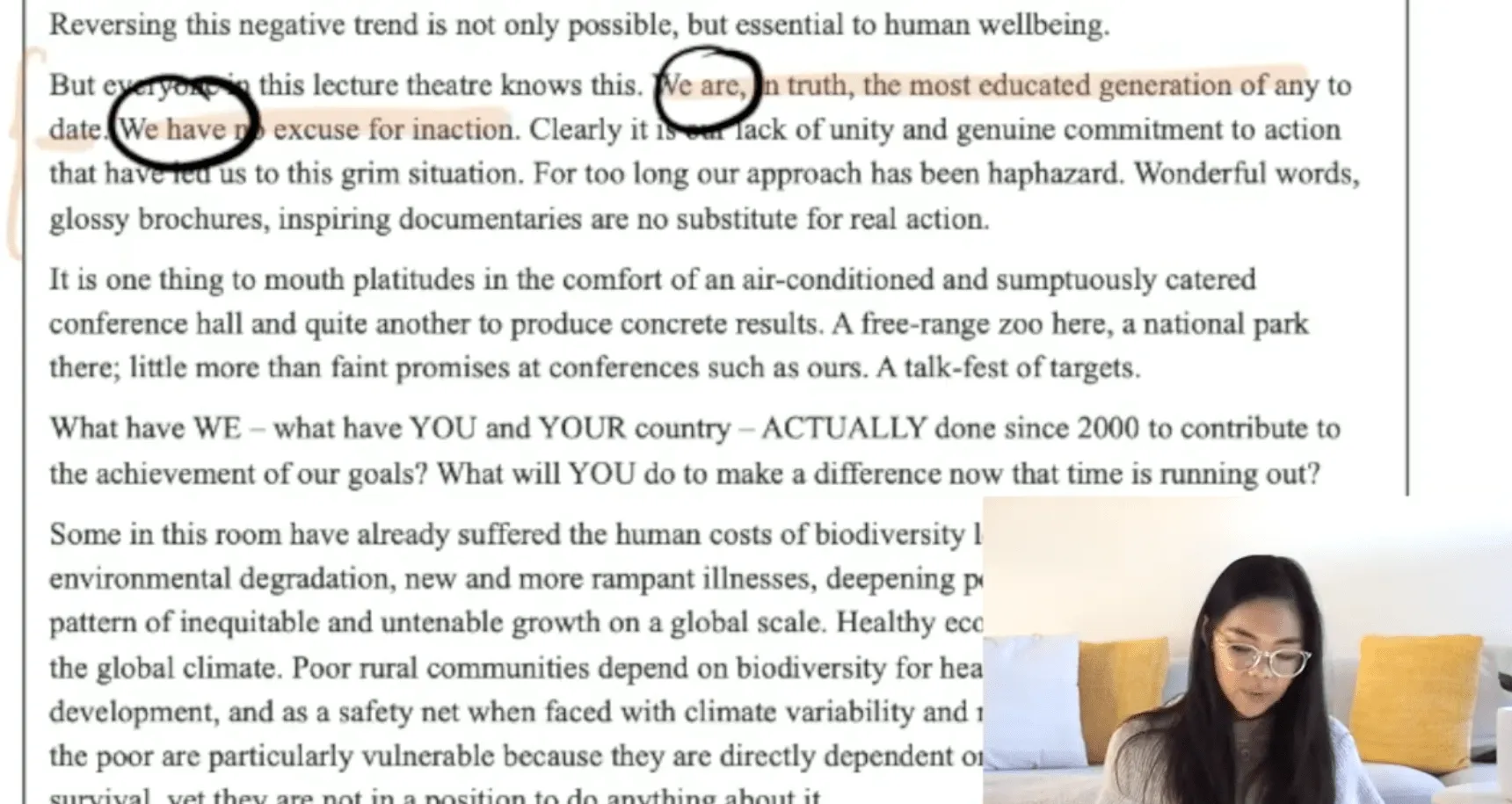
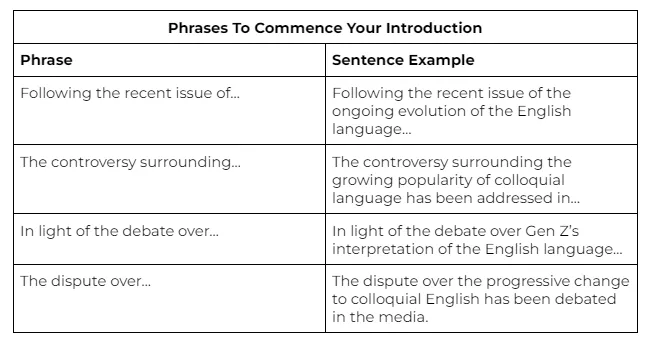
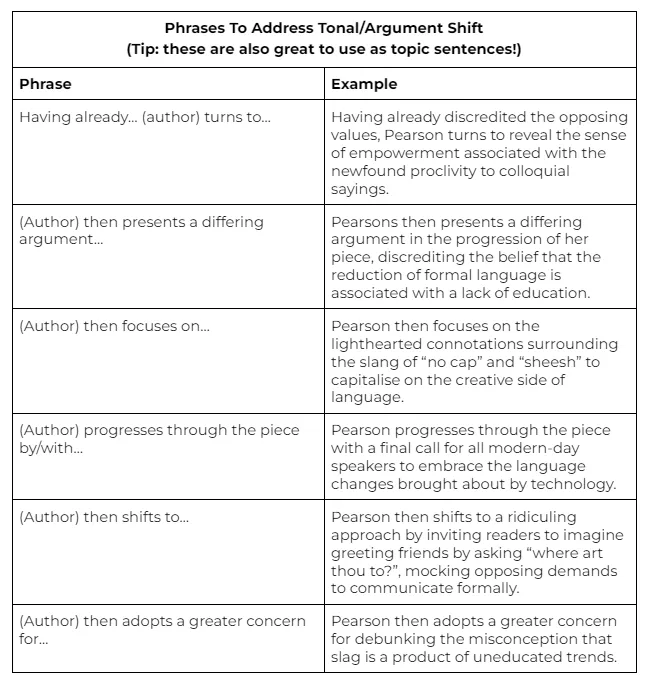

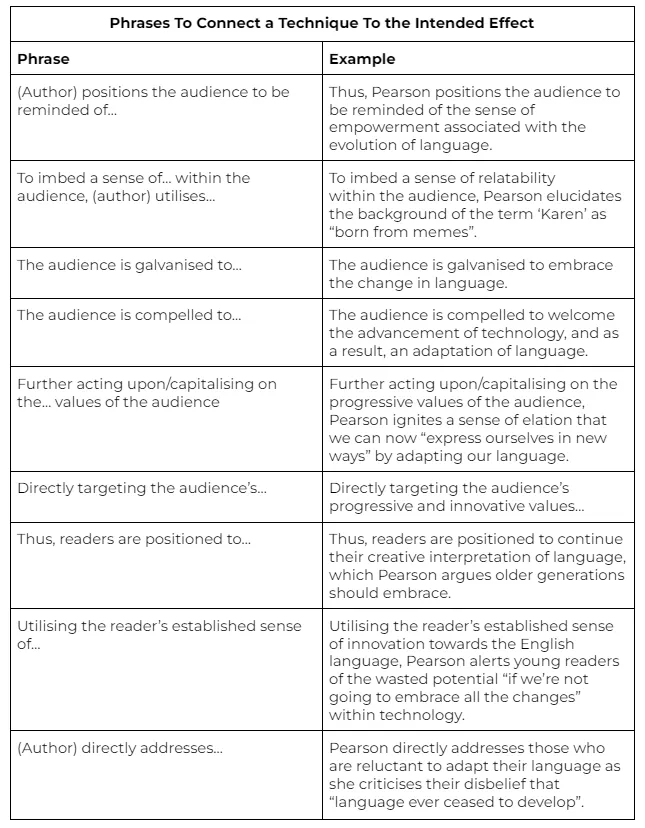
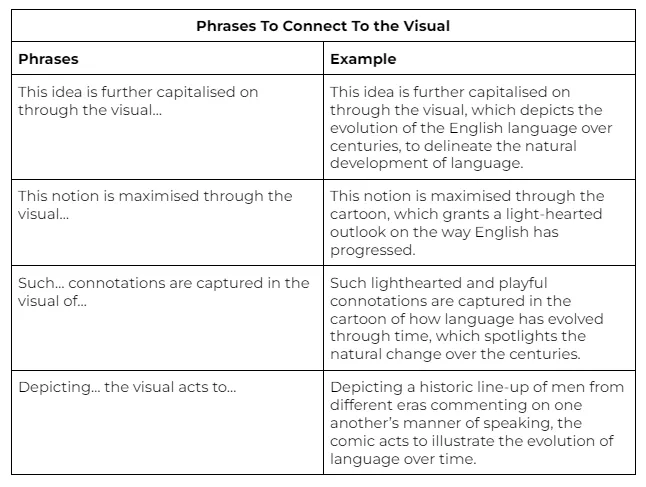
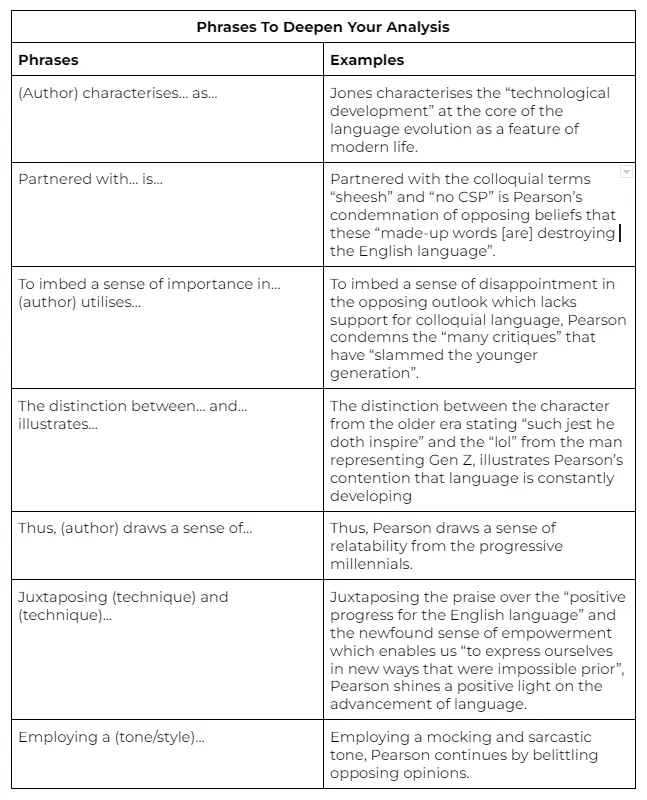
.png)
.png)
.png)
.png)
.png)
.png)








.jpg)